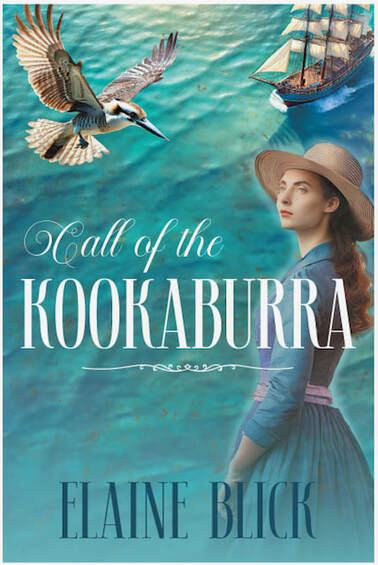
by Alan Goodwin
Fiction and fact are melded together in Greene Lyon, Alan Goodwin’s entertaining exploration of the life of Sir Isaac Newton. There are many things to like about this novel, but it is not a story for children. Having got that caveat out of the way, I find that it offers the reader a fairly accurate measure of factual information compounded within an imaginative story that was often not easy to put down.
The alchemist’s aspiration to find magical combinations of materials and energies that undergo transformation into something more valuable is part of the story and an apt description of what the author has achieved.
It is, in my opinion, poor form to offer spoilers in a review, so there are some limitations to what I will reveal here, but the story ties together things that are known about Sir Isaac with a speculative love life and the consequences of that life in the very religious and superstitious sixteen and seventeen hundreds. It does this quite well.
Starting with Isaac’s childhood and following through his knighthood, this inventive depiction of the roots of science and discovery as Britain was emerging from the Dark Ages and the role of Newton’s love life in his own contributions to that emergence does not disappoint.
As an honest reviewer, I must intentionally think of something that I didn’t like so much about the book, and there was one. Some of the descriptive details around Sir Isaac’s repressed sexuality seem a bit overdrawn. As I mentioned before, it is not a children’s book. They turn out to be necessary for the conclusion to hang together and they are not horrible, just unsettling and quickly forgotten. I recommend putting up with them. You will be rewarded.
It is an enjoyable book. Alan Goodwin has clearly done his homework, he tells a good story, and his explanations of the thought processes leading to Newton’s Principia are believable in the context of the history of the time. He is quite meticulous at the end, sorting out the fact from the fiction, and that effort, short though it might seem to him, made the book a keeper for me.
Author: Alan Goodwin
Publisher: Quentin Wilson Publishing
ISBN: 9781991103239
RRP: $37.50
Available: bookshops












 RSS Feed
RSS Feed
